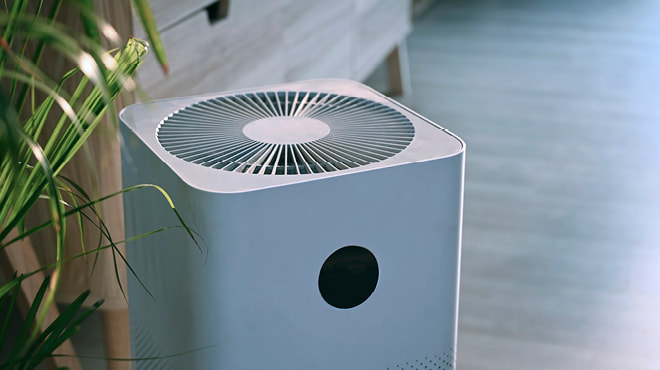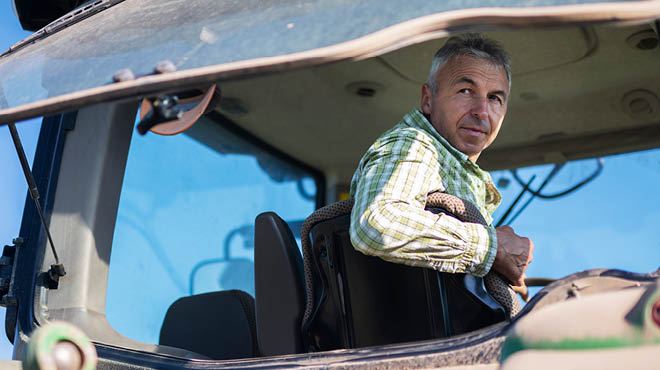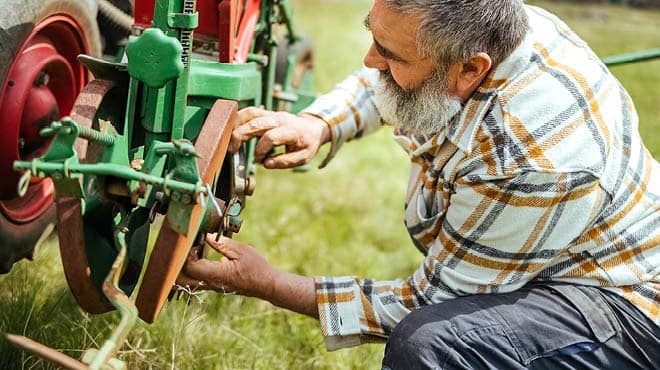Recent Posts
Tips for safe snow shoveling

Shoveling snow can be good exercise when done correctly. But taking on more than your body can handle or ignoring signs that you need to take a break may prove harmful.
To ensure you stay injury-free as you clear driveways and sidewalks, here are some tips for safe snow shoveling:
Be heart conscious.
If you have a history of heart problems and are physically inactive, it’s best to consult with your health care team before starting heavy exercise like shoveling. In addition, don’t shovel while smoking, eating or right after consuming caffeine since this may place extra stress on your heart.
Dress for the weather.
Wear several layers of clothing. You can remove a layer if needed. Avoid wearing cotton next to your body. If you perspire, it can become damp, and you'll get chilled. Protect your hands, feet and face since these are common areas for frostbite. Wear a hat that covers your ears and a scarf to protect your lower face. Mittens are generally warmer than gloves.
Drink plenty of water.
Remaining hydrated during cold-weather months is just as important as during warm-weather months. Drink water or sports drinks before, during and after your shoveling session, even if you're not thirsty.
Warm up.
Before beginning to shovel, stretch your arms, legs, shoulders and back. You're less likely to injure muscles and joints when they're warmed up.
Shovel snow while it's fresh.
Freshly fallen snow is lighter than snow that has started melting or has been moved by a plow.
Watch out for ice.
There may be ice under the snow. Be careful, so you don’t slip, fall and injure yourself. Learn how to walk like a penguin on icy surfaces.
Take it slow.
Pace yourself and take breaks if you need to. Safety is more important than speed.
Protect your back.
Bend at the knees, not the back when lifting the shovel. Lift with your legs bent, stand with your feet hip-width apart for balance and keep the shovel close to your body. Also, don’t pick up too much snow at once. Consider using a smaller shovel or filling a larger shovel no more than halfway.
Beware of shoulder strain.
Shoveling snow can place a lot of strain on your shoulders. Lifting and throwing heavy piles of snow or hitting hard ice hidden beneath the snow can result in shoulder damage. Lifting too much snow can aggravate arthritis or further injure a worn rotator cuff.
Listen to your body.
This is the No. 1 snow shoveling tip. If something doesn't feel normal or you’re tired, it’s time to stop. Go inside, warm up, rest and drink water, tea or coffee. Reevaluate how your body feels before picking up where you left off.
Be careful around machinery.
If you use a snowblower or plow, be especially cautious around moving parts and sharp edges. Be sure the equipment is turned off before clearing any snow jams. Keep children and pets away while you're operating machinery.
Have your phone handy.
If you're experiencing an emergency, call 911 immediately.
Stay safe while shoveling, and enjoy the exercise and being outside on a brisk winter day.
Paul Horvath, M.D., practices emergency medicine in Eau Claire and Menomonie, Wisconsin.






